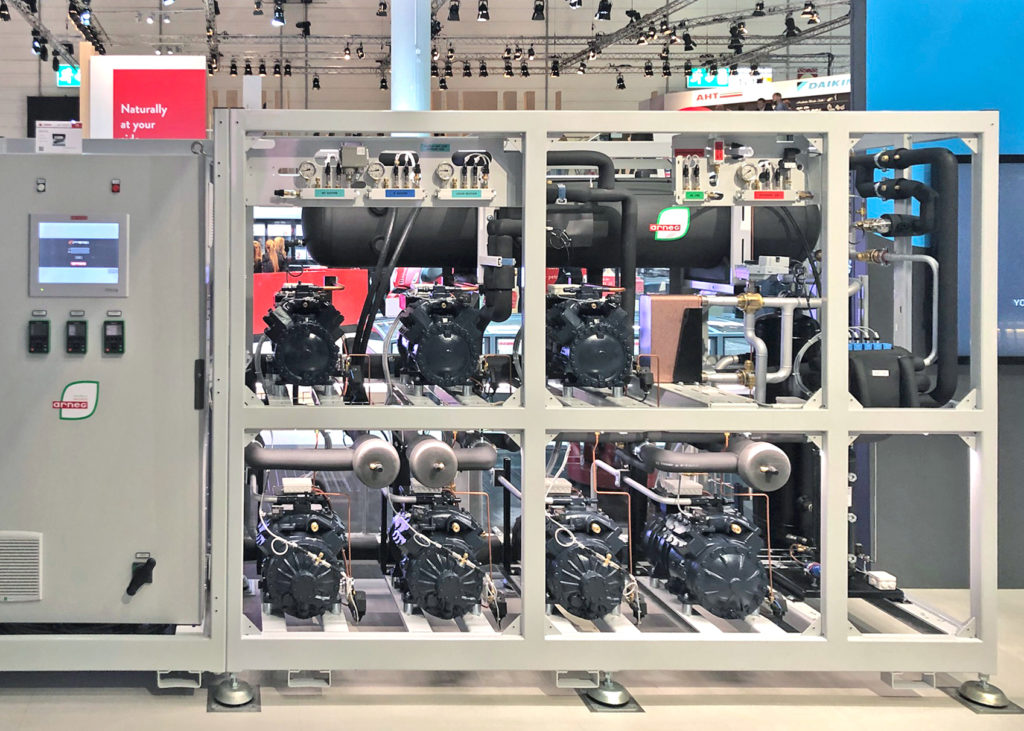 Integration is an intriguing word, rich in extremely profitable developments in the front of results and challenging on the side of the modalities to reach them. However, to benefit from integration, communication is a “must”, among not only machines but also professionalisms
Integration is an intriguing word, rich in extremely profitable developments in the front of results and challenging on the side of the modalities to reach them. However, to benefit from integration, communication is a “must”, among not only machines but also professionalisms
The field is open, like a grassland: current ones are the first, already flattering development areas of the system integration, but they design the preliminary conditions for a future where the acquisition of data from the constitutive elements of a plant will be a starting base for a set of design, technical, technological, economic and organizational developments of great relevance and scope.
Let us start from the assumption that is primary in all this matter: control instruments are no longer the product, the product is an architecture that transforms the data generated by the tool into useful information to take decisions. Besides, all information are useful to achieve a set of targets that belong to the system and no longer to the single machine or to the plant of one kind or another.
Interaction and interoperability generate the need that players in these issues do not think of everything in watertight compartments but instead face the system analysis and the integration implementation by making competences converge synergistically, positively and cooperatively.
This means the work that produces an integrated system is a teamwork, where know-hows are collaborative and complementary, never channelled in tightened manner inside things properly done or machine specifications. Essentially, it means that the conformity with technique is no longer driving but the compliance with the set targets.
We talk about that with two different professionals, Fabio Maset, Chairman of MosaicoGroup, reality with over twenty-year experience in the system integration, who illustrates us some of the fundamental characteristics of this new fluid competence, aggregated around the directives and the targets submitted by the buyer, and Serena Ometto, After Sales & Service Manager from Carel Group, who analyses the technical and organizational evolution offered by the remote control as development potential at the different levels of the manufacturing chain, OEM producer, designer, installer, maintenance operator and end user.
Finally, to state that cold is part of a broader architecture but its management “connected” to the system can produce important outcomes and benefits on several fronts, efficiency first of all. Due to this new modality of interpreting competence as capital with a strong diffusion and distribution performance through digital instruments and cloud.

Integrating, a must
However, how? A must that is still writing its rules and often it is called to build its applicative modalities. Fabio Maset, Chairman of MosaicoGroup, provides us his vision, which has the great quality of placing a requisite, competence, at the core of any integrated system.
The plant engineering world has been evolving for a long time, it studies the way of obtaining benefits by integrating information and optimizing its overall operation, but the field is still open: the experience proposed by some prestigious innovative international brands is certainly useful to design the route, but let us not forget the road is not straight”. Determination and awareness of his resources do not lead Fabio Maset to overact, his attitude is cautious and analytic, backed by twenty years of experience. MosaicoGroup was in fact established in 1999 and can boast relevant experience in the design of automation plants, in the development of software, always connected with the automation and BEMS world, in the production of electric boards and in the tele-management of whatever plant typology from remote. The company has developed many competences in vertical markets, like for instance the markets of the construction of operating machines or manufacturing lines, the world of industrial and commercial refrigeration, deploying an operational articulation on four phases, engineering, design, board implementation and remote management, thus satisfying fully the range of requirements that lead to the finished product.
Even if the acceleration impressed by digitalization is very fast, the system integrator work is highly complex and still completely undefined. “Currently, we can state the supermarket is already a consolidated work field, where we more and more accurately reason about the structural interactions among refrigeration plant, conditioning, lighting, cash systems and special plant engineering for safety. Experience is a reality but at the same time exists a strong pressure determined by regulations that constrain and incentive, impose consumption reductions and boost the adoption of innovative equipment and advanced control instruments.”
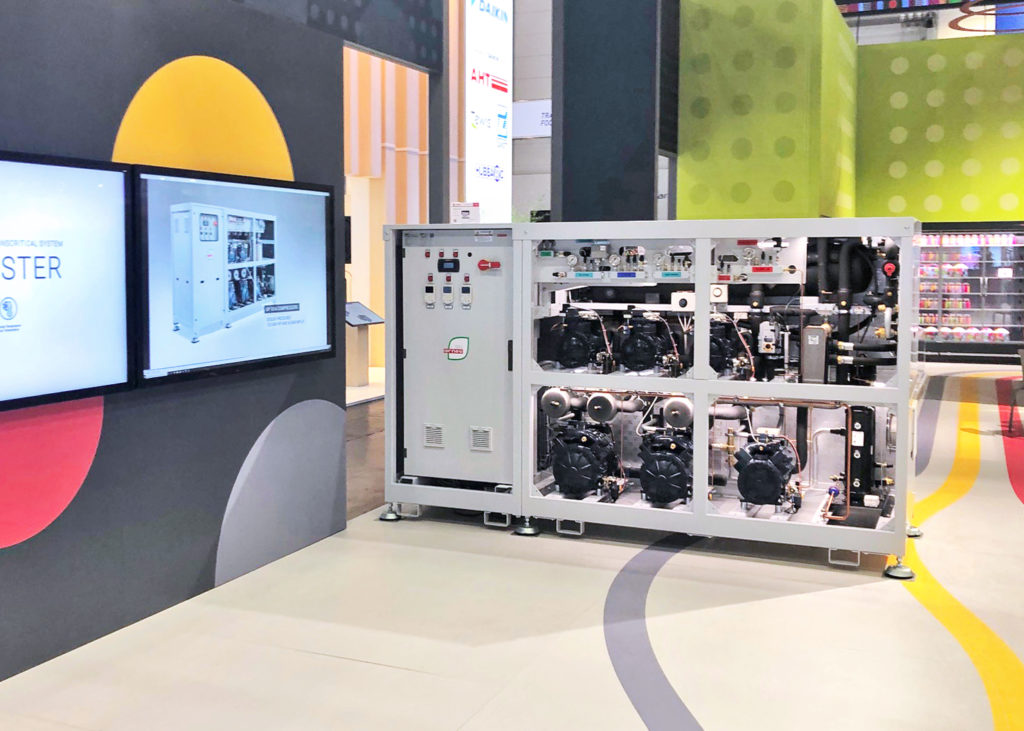
What is then the limit with which you cope?
A cultural limit, once more: the toughest problem that the system integrator must face is of dialectical, not technical, kind. Buyers are scarcely educated to understand on their own initiative what they can really obtain from integration: it is not a negligible exercise but labour is -how can we say? – stratified in levels. We find it hard to perceive the connections between plants and instruments, it is tiring to understand that the instruments that permit to control single aspects run the risk of generating conflicts (let us think of heating and refrigeration), it is hard to think there are technologies that already today integrate and make the potential visible almost with immediacy. I am referring to the heat recovery, it is difficult to understand how much integration can be broad, including the identification and the selection of appropriate and “saving” energy sources, up to reaching an integrated managerial control of costs indeed.
You speak of that as a mechanism with giant potential, of which almost only a demo version is used, but what hinders this race towards integration? Costs or technical criticalities?
We deal with the eternal “then” that characterizes this market and place professionals in a very uncomfortable situation: many think that to achieve integration it is necessary to have single-brand control equipment speaking the same language and therefore challenging costs must be borne to acquire base elements of information processing, but it is not true. MosaicoGroup has chosen the capability of operating with instruments manufactured by different producers and speaking different languages as highlight and characterization factor. This is an irremissible requisite, because otherwise a paradoxical situation would occur, where the system integration is feasible only on new plants where the set specifications provide only for machines speaking the either the same or compatible languages. However, this would make the system integration become almost an OEM module and not the capability of implementing integrated custom projects by assembling the best systems on trade, although not communicating in native form. Actually, we are facing a building where the plant engineering shares the same features as a stratified rock, superimposed and sometimes intertwined, where integrators must necessarily come to terms with plant engineering infrastructures with ten-twenty-thirty years old histories and with the need of making them communicate one another, in functional and smart manner, preliminary to important targets involving benefits for each specific plant and the management of the whole.
After all, an irremissible approach, to avoid a tabula rasa.
Unavoidable in terms of plausibility, but especially necessary since there are all needed competences. Today we are not in the unhappy condition of having to restart from scratch but instead in the happy condition of prearranging all controls and correctly arranging equipment, to develop the existing and to manage its transition at best. It is just a matter of awareness, for customers and installers, of the applicability of control schemes and of the optimizing potential contained in integrated control and management systems. The product side is available, in modular, scalable and customizable formats. The system integrator is the reseller of a protected product, he is a manufacturer of organized systems and, for this reason, his intervention is always framed into the existing reality and it never needs, I confirm never, a minimal state-of-the-art of the plant engineering. On the contrary, the system integrator assesses the state of the art is inefficient and therefore, given this specific and circumstantial analysis, it is opportune to carry out upgrade or revamping, but never a priori or as preliminary condition to the intervention.
However, a technical concern takes over here, that is to say data are not integrable because proprietary of the author of the machine, the refrigerated counter, for instance.
It is a false problem, because the task of the system integrator is not analysing data but creating algorithms that allow the communication, in operational dialogue, among the various appliances. Our goal is not getting hold of data but transforming the data coming from the appliance into useful information, rich in decisional potential allowing their best management. This must free our potential customer from the burden of establishing a priori, in not documented manner, whether an integration is possible: integration is possible, provided that it is developed by those who rely on a useful background of competences for its implementation.
Then, the problem of the potential awareness is not the only one …
No, unfortunately no: the condition I have just outlined is determinant and unluckily it is complex to solve. Today, in Italy, we have an extremely small team of professionals – I mean refrigerator installers and technicians – with the skills to “ground” the integration correctly, no more than two hundred subjects on the overall national territory. What does this imply? Despite, we daresay, a mass evangelization in short time, the audience of potential customers generated by this evangelization would meet a substantial difficulty in the application. It is true that this competence exists neither in the engineering world but this problem concerns new products that – as affirmed several times – are a less relevant part of the market. Therefore, the shortage of new appealing tenders in terms of integration in the building industry is less worrying than the deployment of resources, of technical sensitivities and of operational teams that leave room for growing not so much, and only, to a single business, but to its potential repercussions.
Can we try exemplifying?
Today a building hosting a refrigeration plant is generally equipped also with a plant that produces conditions of temperature and wetness for the general environment: the interaction between the cold production and the air treatment is a possible interaction and must be reasoned at more levels, from conflicting aspects in the management of circuits to the possible complementarities, like the backup aid that a cold production can receive in a time of need (fault or machine idle time for ordinary maintenance) from a climate production that compensates the minor or absent operation of the refrigeration circuit. But not only, let us think of the interaction between the human presence and operating temperatures of refrigerated counters and cabinets: the access control and environmental temperature sensors have the capability of transmitting smart data to the cold production machine, so avoiding consumption peaks and optimizing too frequent defrosting, one of the “tortures” to which a bad management exposes a refrigerating counter. Well, at present all this is theoretically applicable, because instruments exist, but, in practice, we have still to create an aware labour force educated on the theme.
A giant development field in the ambit of professionalism, too
Certainly, the system integration leads to concretize one of the messages that also the legislator had transposed but that has been understood very partially. Industry 4.0 has paved the way to a new way of reasoning, where the system integration was the conceptual matrix that provided all facilities of the plant engineering with a coordinated image of the building, synergistic and coherent with a single target, the minor consumption for the best result, but in practice this was lived in segmented and not integrated manner. Applying digitalization to a production line is certainly optimizing, it creates more manageable and more aware workflows, and with them managerial data more easily interpreted and used for significant decisions. However, the overall vision missed and is still missing, the one springing from a concept of more interaction and joint collaborative dialogue among cold, climate, electricity and energy source specialists …
A complex future, but in some ways an obliged course, too
A future that leads us to modify the point of view of the system at which we work, also in those fields considered specialized, and to review the vision according to which we design a building, the plant engineering, we make it live in coordinated collaborative manner. I repeat the word collaborative for the second time, because without collaboration it is impossible to reap fully the benefits of the system integration: a building where the different plant engineering areas “go their own way” is an inefficient and uncomfortable building, even when a supermarket or a logistic centre is at stake. In time, MosaicoGroup has developed a rich software portfolio, consistent also in term of applicative curriculum, but what may seem a lament is actually a substantial invitation to take note of a complexity that leads us to a new operation level, technically richer and commercially more significant. We are speaking of being able to sell results, not simply plants.
———————————————-
New professional figures
In the opinion of Fabio Maset: “Partially, they are already present, more as side competences (the energy manager, for instance), but they must not be imprisoned within partializing borders or perimeters. Optimizing the lighting or another single aspect is meritorious and awarding in regulatory ambit, but here we are looking at something more than the creation of a single saving, we are analysing the building as an organism, where the word organism must make us approach the body metaphor, where all parts operate at best if they receive a consistent attention degree and are seen and treated as pieces of a single whole. The birth of the energy manager figure inside companies and ESCo is significant, but the real difficulty precisely resides in the creation of the network of sensitivity and skills in view of integration”.
——————————————–
You often use the word sensitivity …
I use it because it synthesises the matter at best, the request the system integrator submits to his collaborator: who wants to take this step forward must give up an archipelago logics of competences and adopt a condition resembling the one of the molecule, which exists only in the connection among atoms and, in its connection, it is strong and at the same time open to integrations or complements. It is the concept of network, of professional network, which does not contain a demand or an obligation of giving up one’s own autonomy of entrepreneurial activity from a formal point of view, but it instead contains the invitation to connect, and not only in internet or in Wi-Fi but also in the working life, to other complementary professionalisms to achieve valuable results from the innovative point of view, but especially the customer satisfaction, with inherent consequences.
What?
Who works in the system integration ambit, does not do things in a workmanlike manner, does much more: he meets a brief target that comes from the buyer and does not generate conflicts among the parties that give birth to the system but enhances single contributions. Not a win–win system, but win – win–win, where the third winner is who (the system integrator precisely) make the skills of single plant and machine suppliers synergistic, to the ends of the customer satisfaction.
Not bad!
Yes, but– let me say, at least now– what a fatigue!
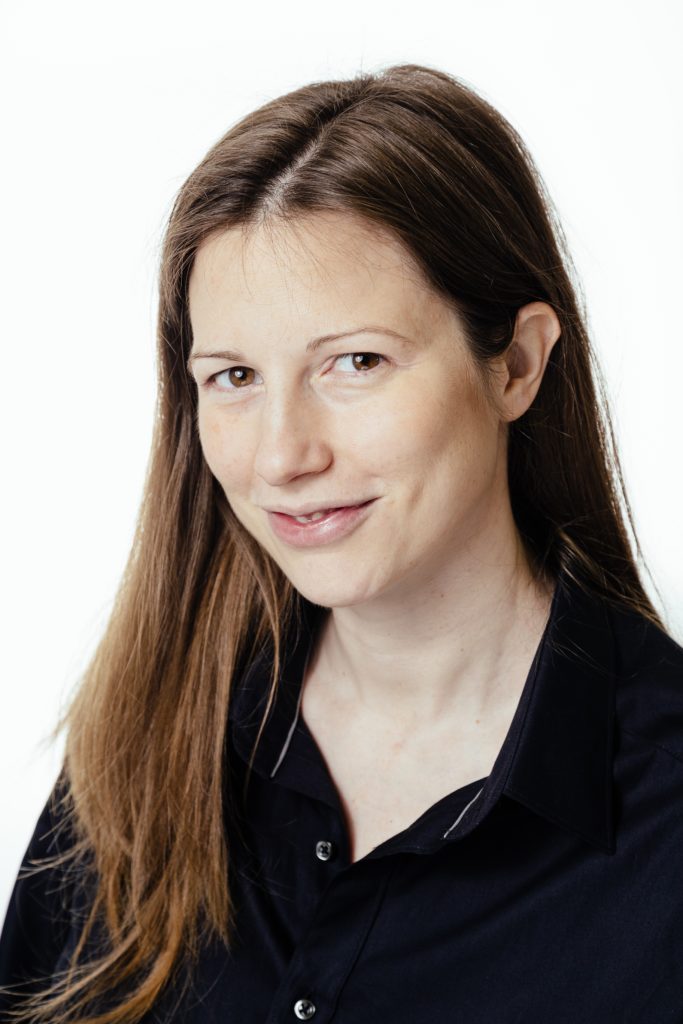
The control of the future? Modular
The market of plant control and management is notably growing, constantly boosted by innovation and integration, but a sort of SWOT analysis becomes necessary, with the methodical “supervision” by Serena Ometto, After Sales and Service Manager of Carel Group, to understand, and if possible to define, the range of opportunities offered to chain players by each single access channel to the matter
A multidimensional world from each visual angle, the control one: seen from the tool side, we have instruments, cloud platforms and architectures, observed from the customer side we have the appliance manufacturer, the triad designer–installer–maintenance technician, and the end user, looking from the output side, we have alert, performance and prediction. A three- dimensionality that perhaps hyper-simplifies but at least aids in providing a first visualization of the control issue, a theme that is becoming more and more central in the way of looking at a machine, a plant and an installation network.
“We are in front of an epochal change, where control tools gain meaning and value due to their capability of generating information, and we are living the most delicate phase of this shift, the rising awareness of the rich opportunities with which management systems provide the entire manufacturing chain, to an almost democratic, not conflicting but instead collaborative, extent”.
Serena Ometto shows a certain tranquillity in expressing a statement that is almost disruptive in some ways, but allows appreciating the dimension of a really-radical change in the market and in the modalities with which also this segment, the control one, is offered and explained to their customers.
“What in the past was a product today is a means: the physical device is fundamental, because the control is not executed without it, but what is sold is the performance and no longer the tool. This also explains the multiplicity of levels that our offer on one hand can face, on the other hand it needs to explain its value and its function”.

Therefore, have single control and regulation tools their most consistent meaning in the capability of supporting the implementation of targets?
They must be part of an overall architecture providing value and then the focus point is establishing what value, what usefulness we can achieve through them, to allow them to develop at best their capability of regulation and feedback generation. At Carel’s, this value concept is concretized in the efficiency enhancement, a primary instance in an age when sustainability holds such a relevant weight in management decisions. We have so faced the main matter, energy saving, without losing sight of the efficiency word’s “side” meanings, which have become integral part of the same and constitute important chapters of the total management cost: maintenance efficiency, efficiency connected with the optimal consumption of components and their replacement when the deterioration level generates higher costs than the replacement, overall efficiency with regard to the operation cost and to its analysis, in terms of long period, too.
At this stage, the control becomes the interpretation key.
In fact: through control and regulation instruments, we can succeed in establishing the weight of each element of the plant architecture in terms of energy costs, but also of all those consequent costs we have just listed, so achieving an overall coherent determination of the contribution that can be attained by a specific work on single elements and through a concrete objective assessment of their mutual interactions. A logic of diagnosis in continuous that remarkably displaces plant management horizons. Besides, this results in the possibility of controlling also the effects, of even checking the non-quality, the food waste risk or – in even more sophisticated manner – of assessing the best quality, i.e. the implementation of the factor combination that optimizes consumptions and creates the best conservation conditions, not only in terms of regulation profile but also of intrinsic food product quality and its appeal for end users.
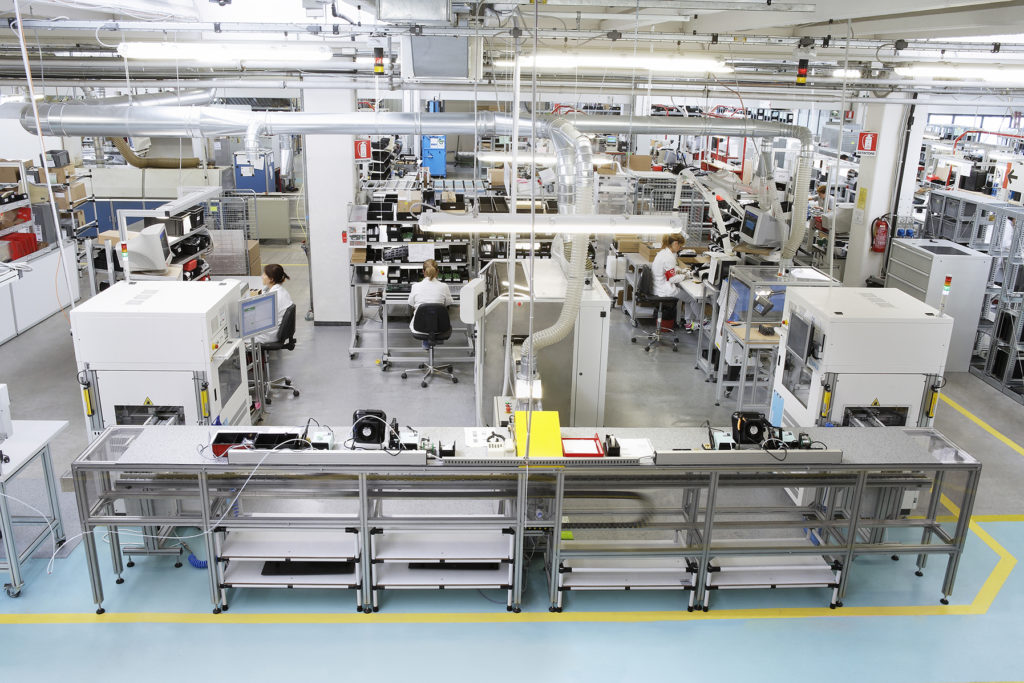
A technical plus that turns into marketing value
We are speaking of an outcome that needs vision and farsightedness, but the prospect is also that a commercial sign can develop, by its user, a control system able to guarantee the best temperature and the best conservation conditions for fresh foods, gastronomy and the service at the counter. Essentially, the correct choice of tools and their smart networking generates the possibility of offering final customers a product bringing the value of the conservation condition regulation, an important value from the commercial point of view, because it will allow a shelf life of level and not simply of label, a conservation that involves also a differential of tasting appreciation, besides – it is worth stating it again – of conformity to the conditions established by the regulation from the hygienic-health point of view.
Moreover, this will pave the way to a different modality of meaning the plant and the control and management service.
We are creating the preliminary conditions for a traceability of the entire manufacturing chain, another horizon perhaps perceived as distant today but made plausible in not so remote terms by already existing technologies and infrastructures. However, remaining in the present, we are speaking of the capability of a monitoring and an activation of management logics that produce a reputation of the store deriving from conservation modality, something that will precisely become an instrument in the hands of marketing offices, able to take the highest advantage of choices they perhaps neither knew until some time ago.
However, to let all this occur at the end of the process we need a control “penetration” in each process element, starting from the machine that produces cold, then starting from the offer of tools for OEM that jump on board of the bench.
Today refrigerating machine manufacturers are aware of the control tool’s value and urge for equipping themselves in more and more in-depth, specialized and customized manner, because they want precise answers to questions that spring from design and implementation modalities of their products. Besides, the need of a communication among appliances is as clear and strong, therefore proprietary non-open communication protocols are essentially obsolete, to the extent of ousting from the market those who reason in this way. Concerning this, a consistent standardization has occurred and has produced the birth and the adoption of shared protocols, such as ModBus, and not only: end users have understood the importance of not depending on the control manufacturer figure and have substantially imposed the possibility of making different machines dialogue, equipped with different controls, to the ends of that integration that – worth reminding – is not a goal but it is a necessary instrument to reach whatever target is set.
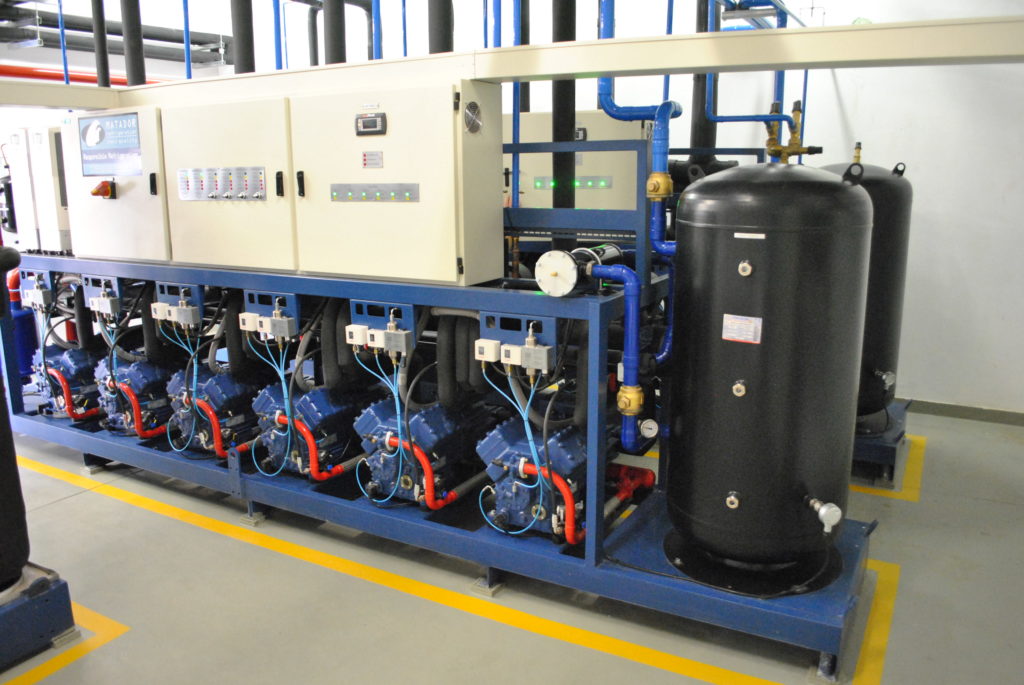
Has the system beaten the machine?
It was not a clash, it was an upgrade: at field level, the control of single machines gains higher meaning and usefulness, in a communication and integration logic, then a shared communication standard is almost irremissible because it is essential for the system management. Let us not forget that complex layouts are often at stake, where several appliances operate with distinct, but also interconnected, variables. This is more committing at cloud level, where it is difficult to think that there is a provider able of all-inclusive integrations, and here emerges the need that specialists in different ambits share data and experiences and enable end users to benefit mostly from the integration process of information, decisions, actuations and processes that can stem from this dialogue.
——————————————-
Rules are changing, will it be no longer possible doing our task at best and nothing else?
In the opinion of Serena Ometto, specialists in various ambits will share data and experiences for end users: “The password is interoperability, a term that includes the idea of a system that continuously transmits information, so that each element making it up takes advantage of the available information and derives the capability of being efficient and efficacious not in itself but in its relations with other constituents of the system. Concerning this, Carel has made a precise choice, specializing its offer in the efficiency enhancement field, making it open to the communication with all other interlocutors that, case by case, will be called to generate with us, through control instruments, the useful information for optimal decisions.
———————————————
What is the winning factor?
Integration reaps its result when the end user has the perception of a unitary system, in which the management of components occurs according to a synergistic, not conflicting or competitive, logics, irrespective of the number of modules composing the system and of the number or typology of control and regulation instruments activated. Once more, precisely the target defined in phase of tool selection and platform configuration drives and acts as real parameter of the project success, because if goals are well defined, the quality of the system depends on its capability of hitting the target for which it was created.
This simplified complexity anyway requires broad sensitivity, extended to many different aspects: do you find it in your customers?
End-users who look at the cloud platform for the integration have notably evolved in these last years: if until few years ago, our interlocutor in a dialogue with a store was the refrigeration manager, due to the obvious reason of the machine performance control, he has then been joined by the operation manager, who takes care of the maintenance aspect, and then by the energy manager, who controls more strictly the efficiency and the correct energy consumption. Today, also the IT manager sits at the roundtable, with a more general vision of the matter, and he performs his own all-round analysis that monitors typical aspects of the control logics, ruled by the Information Technology. This set of competences is the evident proof of the cultural and technical growth that digitalization, Internet of Things has implied also in industries deemed not complex, such as the Big Distribution.
A real arsenal of competences, able to achieve great results.
If we want to group them in categories, we can say we have three levels: the optimization of the single machine, the smart edge management, which rules the plant engineering level, and the one of the fleet management, of the installed basis. In a certain way, each of these three levels benefits from the others, because, dialoguing in this triangular form, the system allows managing at best the single element, according to the experience and the machine learning of all products resembling it, it allows that the single element draws operational indications and provides some to the system where it is inserted and that the targets set for the system result in new competence in the technical and technological combinations adopted.
We are speaking of a system with a very strong economy of skills!
It is a constantly growing system of gained knowledge storage and use, which takes advantage of single operators’ expertise and applies it in always controlled and adjustable manner in analogue contexts, avoiding demanding always for the best expert and availing itself of his problem solving skills in emulative manner and with a capitalization of his know how. The maintenance operator is a problem solver, who teaches to others, or learns from others, management techniques with the least possible waste (general, of energy, of time, of product and spare parts.
Does the cloud become a logistic knowledge pole?
It becomes an environment where converge numerous information, which the suitably implemented algorithm makes available also for those who have inferior and less specialized competences. Even more interesting is the fact that, through this analysis and synthesis system, complex indications are not provided but instead essential precise instructions for the problem solution, with well-precise operational flows that reduce consequent uncertainties and slowness in maintenance phase. The task of a digital service is to collect a giant volume of data and to transform it into a properly selected and appropriate card of easily usable information.
Concerning this, Carel represents a very particular business model: what is the sale proposal behind this complexity?
The forty-year experience in controls will lead us to propose ourselves, where we are an OEM manufacturer like in the humidification sector, as a humidity supplier and not a producer of machines; at the same time our controls are installed on board of machines of different typologies to make them able of performances with the highest level of control and regulation. At a higher level, we make available some useful infrastructures to build integrated systems for those who intend to create management networks for fleet plants. Therefore, the numerous available functions are different for each market target. This moves the focus from the technical correctness to the managerial efficacy and to the user friendliness for each single user typology.
Your task is ambitious.
We are aware of two facts: technology has made great impressive strides but the awareness of the potential that can be concretized through it is not so sound, yet. Due to our capability of applying the control competence from the machine to data and up to their transformation into managerial, maintenance or investment decision, in Carel we feel in the right conditions and in the mood of supporting the market in this growth, bringing the technological potential to its application on the field.




